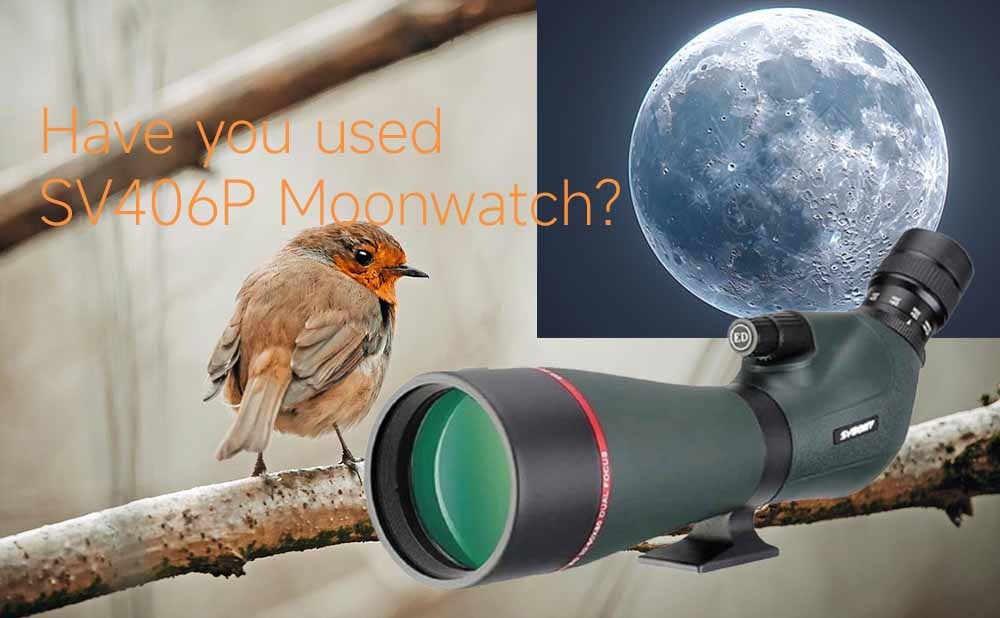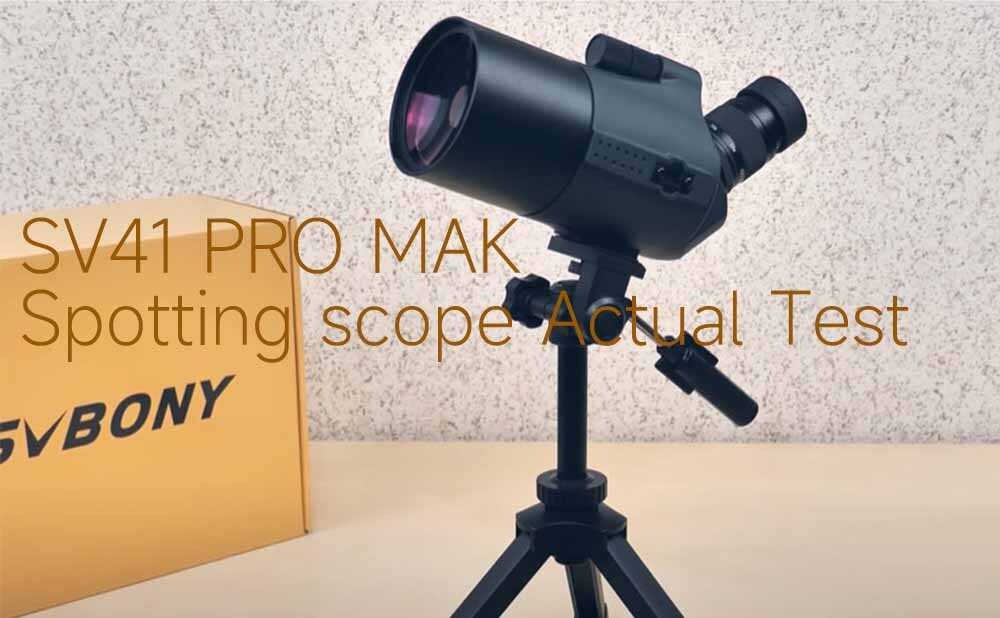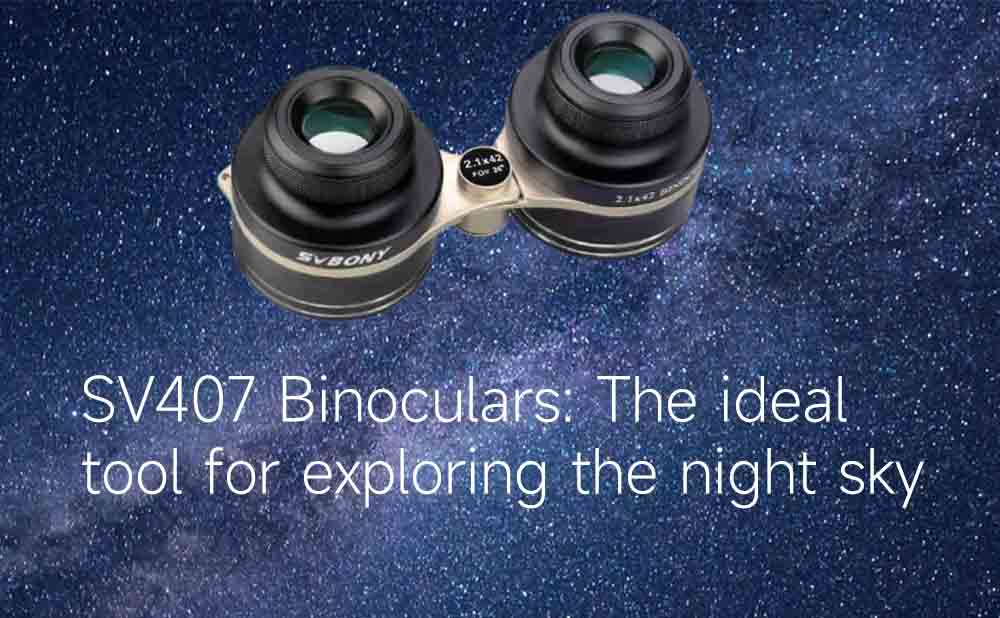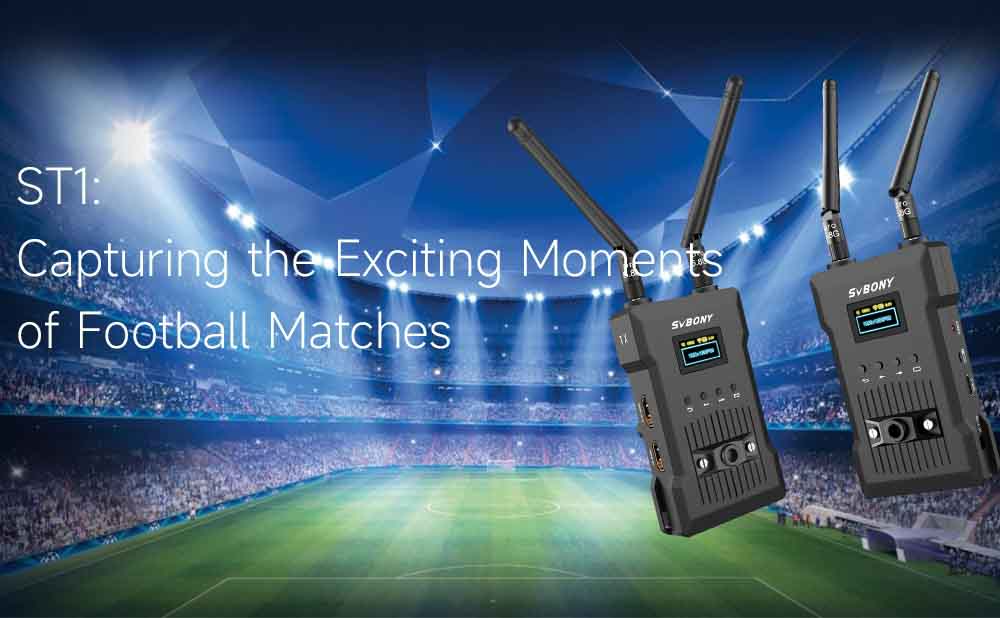What are you looking for?
Some Q&As You Might Be Interested In telescope
Some Q&As You Might Be Interested In telescope
- Posted by:Cindy
- 0 Comments
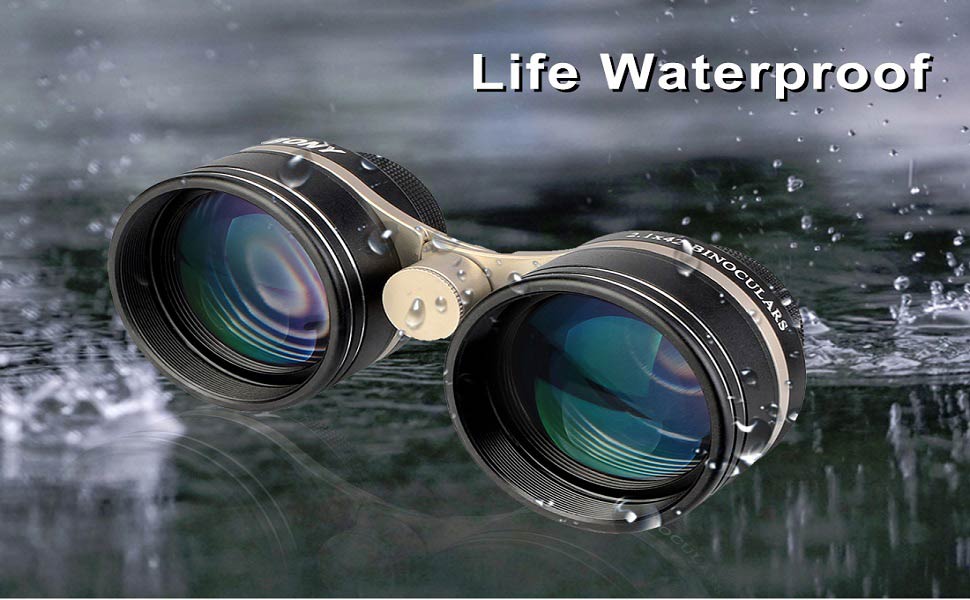
What are the common specifications and scope of application?
8X20, 8X25, 10X25 - Pocket size, suitable for carrying around and traveling for outdoor concerts, but not suitable for occasions with weak light.
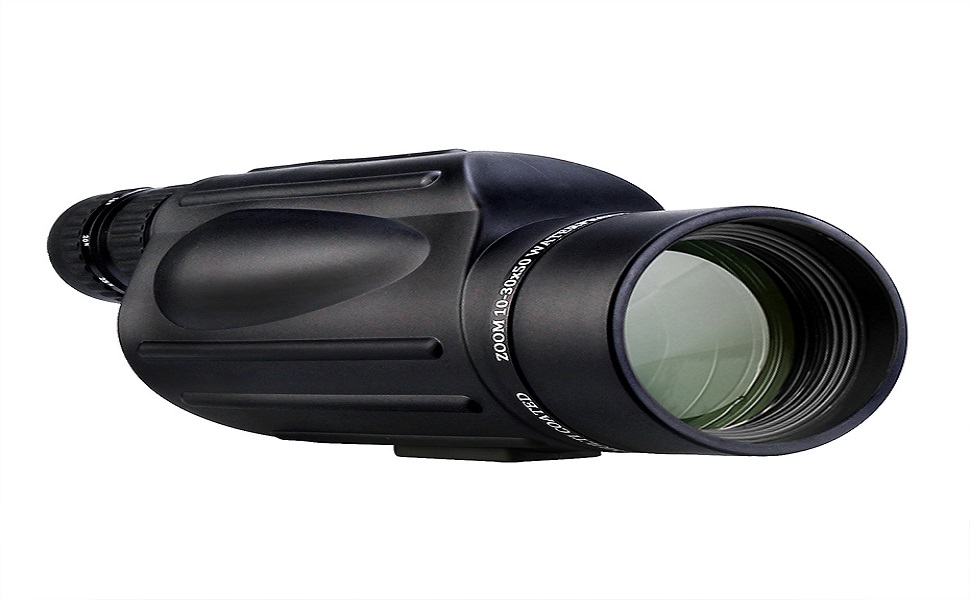
8X30, 8X32——Moderate type, suitable for general daily use, both effect and portability are considered
8X40, 8X42 - full-size type, very comfortable for observation, suitable for different lighting environments, slightly larger in volume and weight
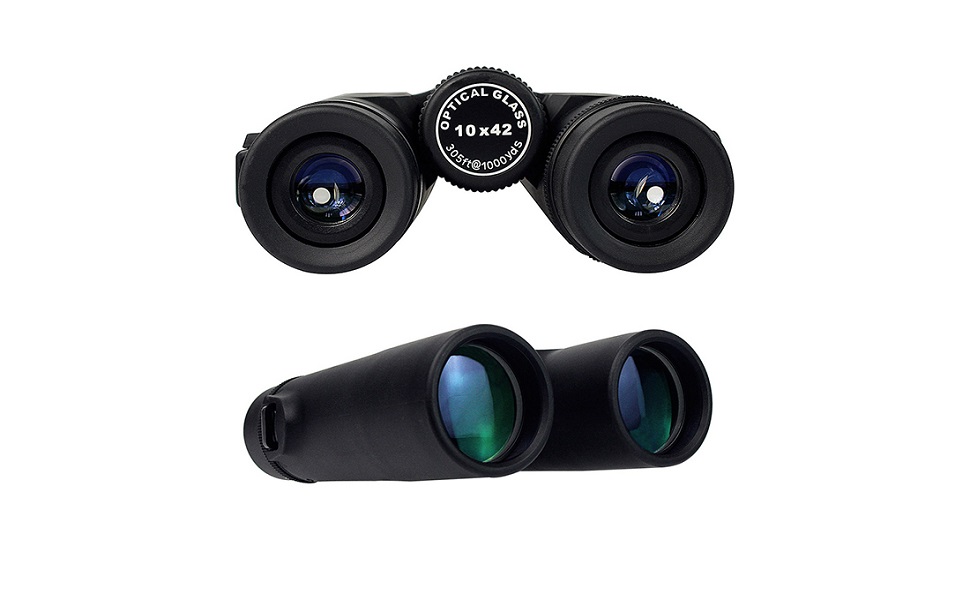
7X50 - low-light type/nautical type/star-gazing type, this specification has excellent observation comfort, good imaging stability, high brightness in a low-light environment, but large volume and weight, not suitable for general daily use
10X50——balcony type, this specification has high multiples and high brightness, but the image is slightly jittery. You need to find an object to lean on when observing, the volume and weight are too large, and it is not suitable for going out.
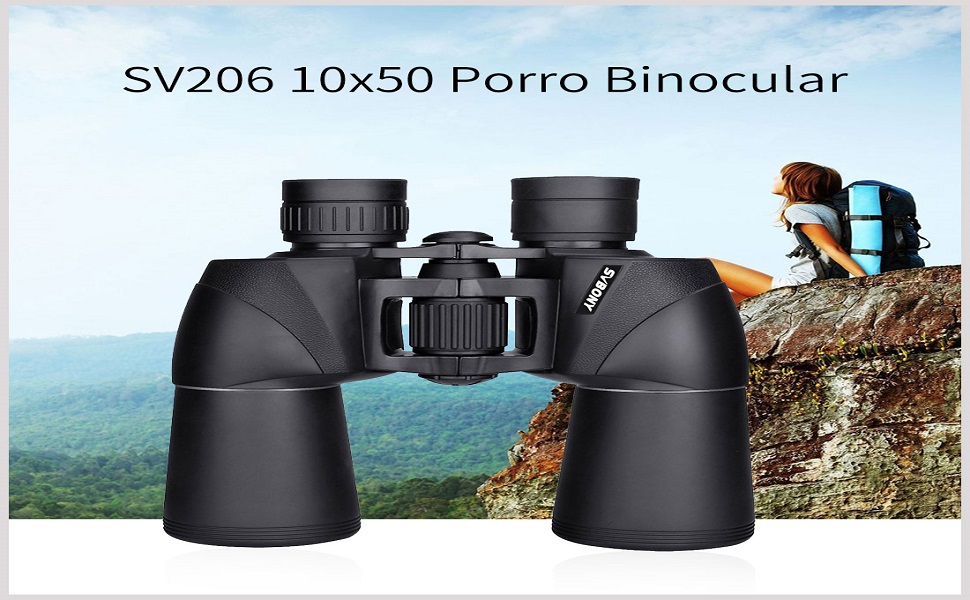
12X60, 15X70 - balcony reinforced type, large diameter, high multiple, large jitter, better observation effect with a tripod, large volume and weight, not suitable for going out
20X80, 25X100 - post type, with extremely high multiples, extremely large caliber, and the strongest long-distance observation ability. It must be used with a tripod, and the weight and volume are also very large.
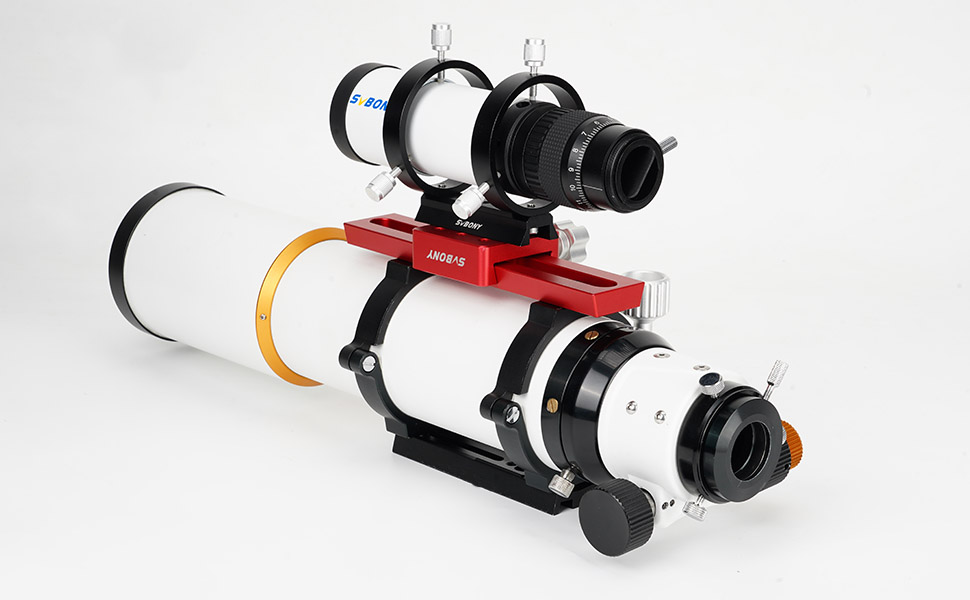
Which diameter is better to choose?
The larger the aperture of the telescope, the better the observation effect, but the more expensive the bigger the volume, the heavier the weight, the smaller the aperture, and the worse the observation effect, but the small size and lightweight are easy to carry. Generally, 20-50mm diameter binoculars are selected for handheld use. If you use a tripod, the diameter can be 50-100mm.
How many ways are there to represent the field of view?
Common methods include degrees, xxx meters/1000 meters, xxx yards/1000 inches, and other methods. Taking 125 meters/1000 meters as an example, it means that when a telescope is used to observe a target 1000 meters away, the range that can be seen is a circular area with a diameter of 125 meters. In addition, take an 8x telescope with an actual field of view of 7.5 degrees as an example. Although the actual observation range is only 7.5 degrees because the telescope has an 8x magnification effect, the apparent field of view is 7.5x8=60 degrees, and it does not feel cramped to observe. A telescope with an apparent field of view exceeding 60 degrees can be considered a wide-field telescope.
The algorithm and meaning of exit pupil diameter?
Diameter of exit pupil = diameter of telescope objective lens ÷ magnification, such as 8X30 telescope, exit pupil diameter = 30÷8=3.75mm, if the diameter of the exit pupil is less than 3mm, such as 8X21, 10X25 specifications, it is generally only suitable for the environment with sufficient light Observe below. The diameter of the exit pupil is more than 5 mm. For example, the 8X42 and 7X50 specifications can be observed in low-light environments (dusk, dawn, moonlit night, etc.), and the telescope cannot be observed in a completely dark environment.
Any other questions will be welcome in the comment area!


